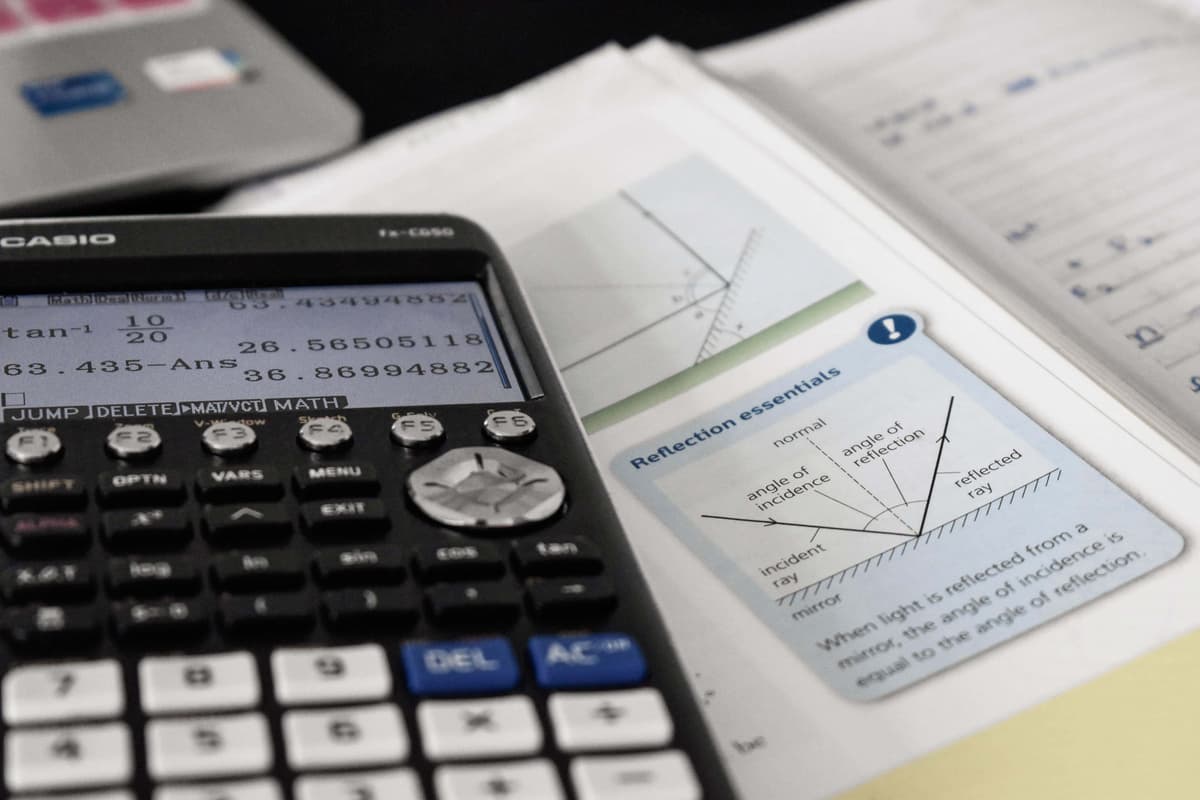
The American Mathematics Competitions (AMC) are a series of competitions in middle and high school mathematics and administered by the Mathematical Association of America. The aim is to strengthen the skills of the next generation of mathematicians, thinkers, and analysts using classroom resources that culminate in a friendly competition.
There are currently three levels of competition exams under the AMC; these are the AMC 8, AMC 10, and AMC 12. These exams are designed for students in grades 6 through 12 and thus, are intended to be fun and less serious than college entrance exams. However, that is not to say that the AMCs can’t help in boosting a student’s resume later on. Participants also gain the advantage of developing positive attitudes towards problem solving and mathematics that can help in their future careers.
AMC statistics show that more than 350,000 students from thousands of schools across the United States participate in these competitions each year. Let’s dive in and learn more about each exam.

Gaining admission to top universities is the hardest it’s ever been. This year, Harvard University admitted just 3.4% of applicants for the Class of 2027 – down from 4.9% for the class of 2024. Other elite universities are all showing similar trends, and even great-but-not-Ivy universities are showing the same as well: UCLA admitted just 8.8% of applicants in 2023, down from 14% in 2020.
Amongst a record number of applicants, how can your child stand out? Unfortunately, the old ways of evaluating students have become less effective than before. Grade inflation is rampant in US high schools – 47% of US high school students have a 4.0 GPA or better – and 35% of high school graduates take at least one AP course.
The majority of high school students looking to go to top universities now look to start or become leaders of relevant clubs, participate in extracurricular activities, and are advised to create a capstone project outside of school hours. Through our work in this space, we’ve seen resumes for ambitious high school students that rival the resumes of most 25 year olds. It’s a lot, and it’s making it harder for bright children to stand out, even if they do everything we just mentioned.
The AMC is unique in that unlike the ACT and SAT, it is not a test of your knowledge. The AMC tests use the math you’ve already learned in school. Instead, the AMC tests are focused on your ability to problem solve, think creatively, and come up with unique applications for the mathematics laws and rules you have learned. This is a very different skillset – and one that is highly coveted by top universities. Universities don’t just want human calculators – they want problem solvers that have ingenuity and creativity. They want students that might become Nobel Laureates someday. That’s why the AMC and AIME exams are so intriguing to them.
If you do well enough on the AMC tests to qualify for the American Invitational Mathematics Exam (AIME), you are one of the top 3,000 high school students in mathematics concepts in the United States. Now THAT is a way to stand out, and top universities – especially STEM-focused colleges including MIT, Caltech, Stanford, and Carnegie Mellon – all highly value this distinction.

The AMC 8 test is a 40-minute competition for middle schoolers in the 8th grade or below who are under 14.5 years old on competition day. It consists of 25 multiple-choice questions on topics that are typical of the middle school mathematics curriculum. These topics could cover elementary geometry, including the Pythagorean Theorem, counting and probability, spatial visualization, proportional reasoning, and interpreting graphs and tables. There may also be questions about coordinate geometry, linear or quadratic functions and equations, and basic algebra.
The use of calculators during the exam has not been permitted since 2008, so there are no problems that require using one. The only things that students are allowed to bring to the competition are blank graph papers, blank scratch papers, compasses, rulers, and erasers.
Scoring for the AMC 8 is based on the number of correctly answered questions only. There are no penalties for any incorrect answer, and every question has the same value. So, if a student answers 20 questions correctly and 5 questions incorrectly, that student receives a score of 20.
This test is not mandatory for any school or any student. However, many schools choose to host it, mainly to encourage the development of mathematics among their students.
The AMC results and official scores are typically emailed by the MAA AMC office from early to mid-December after the AMC 8 competitions in late November. This takes about 3 to 4 weeks and is processed roughly in the same order as the reports from the schools have been received.
There are special rankings and awards given to students who excel in the competition. For example, a Certificate of Distinction is given to students who get a perfect score. The top three students in each school section will receive a gold, silver, or bronze Certificate for Outstanding Achievement. The MAA also awards a Distinguished Honor Roll ranking to the top 1% of the competition, while the top 5% are given the Honor Roll distinction.
The AMC 10 test and AMC 12 test are both 75-minute multiple-choice competition exams for high school mathematics that consist of 25 questions each. Students in the 10th grade or below who are under the age of 17.5 on competition day can take the AMC 10. Meanwhile, students in the 12th grade or below who are under the age of 19.5 on the exam day are eligible for the AMC 12.
The AMC 10 covers all mathematics topics up to 10th grade, such as elementary algebra, area and volume formulas, basic geometry, elementary number theory, and elementary probability. On the other hand, the AMC 12 covers the entire high school math curriculum, including trigonometry, advanced geometry, advanced algebra, and excluding calculus.
Same as the AMC 8, calculators or any electronic devices are not allowed during the competition. Only blank scratch paper, rulers, erasers, and compasses may be taken in the competition venue.
Scoring for the AMC 10 and 12 are based on the number of correctly answered questions plus the number of answers that are left blank. Correct answers are given 6 points each, while every question left blank is given 1.5 points. There are also no penalties for any incorrect answer. So, if a student answers 22 questions correctly, leaves 2 questions blank, and incorrectly answers 1, that student receives a score of 135 (22×6 + 2×1.5 + 0).
The official AMC 10 and AMC 12 scores are released approximately three weeks from the competition date. Results are automatically included in The AMC Toolkit: Results and Resources for Competition Managers which are sent via email as soon as the answer forms are scored.

Students who score high on the AMC 10 or 12 can qualify for the American Invitational Mathematics Examination (AIME). They need to be on the top 2.5% scorers on the AMC 10 and top 5% on the AMC 12 to qualify. Qualifying for the AIME is recognized as a very impressive achievement, and typically only about 3,000 students qualify for the exam.
The AIME is a three-hour exam consisting of 15 questions where each answer is an integer between 0 and 999. It doesn’t matter whether the student took the AMC 10 or AMC 12; the AIME will be the same. The competition is only offered once a year with an alternate date set typically a week or two later.
If an AIME participant does well on the exam, they can qualify for the USA Mathematical Olympiad (USAMO) for AMC 12 students or the USA Junior Mathematical Olympiad (USAJMO) for AMC 10 students. These highly selective competitions are taken over a two-day period and consist of only six essay/ proof questions. The top scorers from the USAMO and USAJMO competitions can then have the opportunity to train and be on the US team that competes at the International Math Olympiad.
Qualifying for the USAMO is deemed to be one of the most prestigious awards that a high school student in the United States can get – each year only approximately 200-300 students receive this distinction.
If you are interested in enrolling in engineering programs or taking math-related courses in college, participating in the AMC and the invitation competitions are one of the ways of showing universities your superior math and analytical skills.